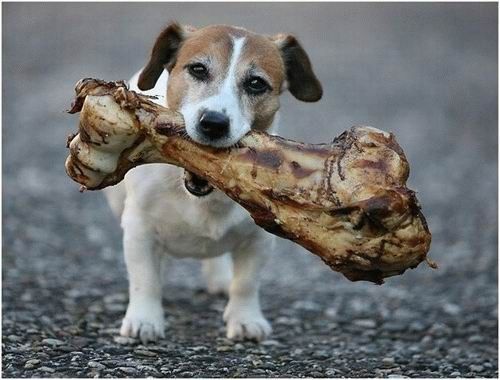Over the years, canines have been used in a wide variety of scientific endeavors. Animal and plant conservationists have long been using these furry critters in their own work due to the dog’s superior sense of smell being able to root out rare or desired species. Now, one ambitious dog trainer from Australia is looking to train them to a new purpose, one that involves digging up old history. Or old bones, to be exact.
The first in this new line of sniffers goes by the name of Migaloo and so far her training has been a resounding success. She’s able to find bones hundreds of years old, despite there being no distinct scent to them that we know of. Migaloo was focused to be able to pick up the scent of bones by tempting her with her ball, which is, apparently, her most favorite thing in the world.
After the initial months of training, her skills were put to the test using old Aboriginal bones taken from a museum and buried. Though it may seem a bit odd to be snatching bones from a museum, the end result is well worth the initial investment. So far, if Migaloo comes within 10 feet of a bone, she can sniff it out. She’s managed to pinpoint the location of a 600-year-old burial ground among other things.
The next step, says the trainer, is to see if they can get her to be able to sniff out other archaeological remains, such as pottery or fossils. Considering that pottery makes up the vast majority of archaeological finds, this could be a priceless boon to history hunters worldwide. More dogs will be trained to do the same thing and eventually they may end up as common elements in the search for remains of the past.
If this program proves to be as successful as it first promises to be, it could greatly reduce the workload of archaeologists, removing the need for a lot of blind digging. This could consequently create a rapid rise in the number of burial sites discovered and, if they can be trained to seek out other things, a rise in the number of known sites in general. I personally find it amazing that we can use something as simple as a dog and get as many results as we do from our advanced technology. I guess the old tried-and-true methods of detection still hold weight even in today’s world.
